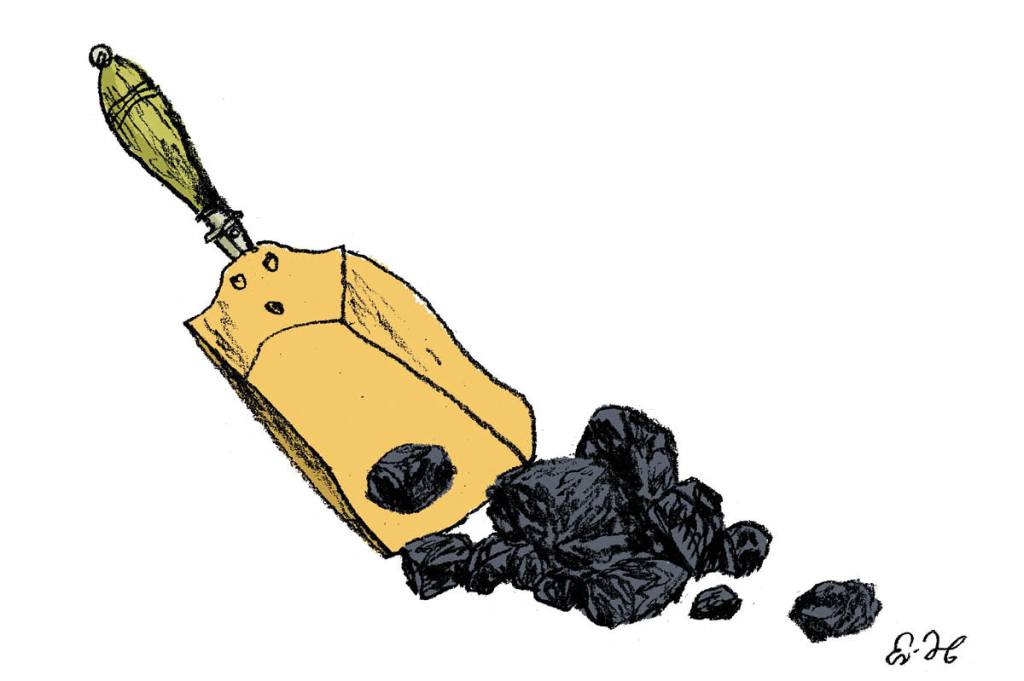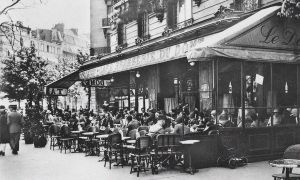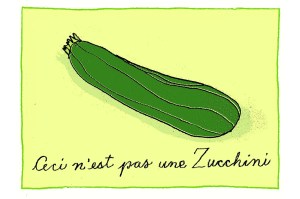The grandest compliment ever paid me came near the end of a small dinner party last winter from guest and friend Jeffrey who, on settling into an old wing chair as his host stoked the fire with coal, remarked: “I feel like I’ve just stepped into an Evelyn Waugh novel.” It was, he said, the coal.
About as close as anyone these days will have come to a domestic coal fire is the screen image of one in Downton Abbey or its predecessor, Upstairs Downstairs. Those television “fires” were all actually gas ones made to imitate the look of coal. In Waugh’s time in houses like that, they all would have burned the real thing. I do not live in such a house, with footmen and parlor maids to tend the fires, but I do have several fireplaces where for near thirty years now we have burned local Virginia fuels: abundant coal and oak together. A less perceptive guest than Jeffrey, on witnessing our little evening ritual once asked incredulously: “Gosh, is that coal? Can I touch it? You really burn it? Why?” I have a smart-aleck answer to the effect that I am just trying to pick up the slack and increase my carbon footprint at a time when striking a match or lighting your gas stove can be regarded with virtuous disapproval. Truth is, there are even better reasons.
One is simplicity. Coal is quiet fuel, well-behaved, seldom if ever “popping.” Never drawing attention to itself yet warming all it touches, it is rather like a good dinner guest or a well-planned but unfussy menu. Ours that Waugh evening was one such: French onion soup made the old way with slowly caramelized onions, beef broth and brandy; rare roast beef cooked and carved on the bone; roast potatoes soft inside but crisp to the fork; steamed not grilled sprouts, overcooked no doubt for foodie tastes but well-buttered and easy to eat; baked half-tomatoes also buttered, salted and peppered. One of our fireplaces is in the dining room, where there are also no electric lights. Coal and candle-wax heat and illuminate, both visible flames. A good scuttlefull at the beginning of dinner generally sees us through without troublesome poking and re-stoking. Accompanied but undistracted, we take our time at our common meal. May I carve you a second slice?
Another reason is functional. Coal burns hotter but slower than oak and because just a small amount of it is sufficient to sustaining a fine small fire, it also slows down the burning of the wood. This fact reflects directly on the amount of physical effort necessary to build and feed open fires. Oak must be harvested with saw or ax and then split. Of course, it can be bought by the cord or half-cord. But for the small, non-roaring fires I prefer, hardwood must almost always be processed further into smaller chunks. A maul is the tool of choice here, and it is work.
With coal, the heavy lifting is frontloaded onto the professionals — miners — leaving just the final carry to the consumer. My coal supply comes from a family firm long in the fuels and building-supply businesses, with Dickensian offices on a working railway siding. They will deliver it by truck, loose by the ton, though my modest needs are met with sacks: thick paper ones holding about fifty pounds and secured with twists of copper wire. Amazingly, it is still cheap at $5 or so a sack. Five or six sacks see me through a season and usually then some. When buying, you must specify “soft bituminous,” never anthracite, the hard, pebbly stuff that burns nicely in a furnace with a forced flue but will just sit there defiantly in an open fireplace, essentially fireproof. Moreover, here in western Virginia and across the southern Appalachians, soft coal is a valued export, shipped east by the 150-car trainload. Happily, enough is held back to service eccentric customers like me, and simply poor ones who live back in the coves and hollows, often off-grid and with no other source of heat.
Not all dinners here in Fort Defiance are black-tie pictures out of Evelyn Waugh. Day-to-day winter fare is more likely shepherd’s pie or a beef stew, venison if hunter friends have extra, or, if my neighbor happens just to have returned from the Outer Banks, some fresh fish or other off the boat that morn- ing and still tasting of the sea. But whatever happens to be on the menu card, we will most likely enjoy it in the company of a slow coal fire. Cold grates on cold nights are grim. Warm bright ones lift the spirits, whatever tidings the day may have brought. I will stretch the point further: they make dinner taste better too. This is because our senses tend to reinforce one another, reporting on the same reality but feeding our mental receptors from different angles. Open fires, particularly gentle coal ones, make for another real presence in the room in addition to our human companions. And should we be alone, a fire can be a decent stand-in. “All those old dinosaurs,” I once feebly explained to our then-young daughter who could not take her eyes off the flame, “giving life back to us after millions of years.” Simplistic perhaps, but she still remembers the image.
Coal has not always been sinful, any more than red meat, butter and heavy cream. You might think of it as a morally neutral, highly useful rock that has had world-changing uses in the past and, at small scale, has its uses still. We have freighted it down the years with extremes of meaning, from the power source, via the steam engine, that fired the First Industrial Revolution and enriched the world, to the first fossil-fuel polluter of the air we breathe. Burning it was banned completely in Britain in May 2023; in Virginia we can still enjoy it, though the green enforcers are sure to come for us too. That’s history for you, or should be: the freedom to pick your poison. We’ve all got to die from something, and an inordinate fear of being poisoned is no sign of civilizational health. Der Führer, recall, was a vegetarian who used slave labor to manufacture “synthetic” fuels. Given enough time, who knows what else he might have gotten up to. “Plant-based” meat maybe?
I’ll stick with the older ways while I can, and let my senses deliver joy while they can. I actually like the smell of coal smoke on a cold night, outside the house of course, while inside the smells of a slow roast waft down the passage from the kitchen. The fire in the grate is both beautiful to look at and good to warm my back or front side, whichever I turn to it. The supplementary crackle from a couple of chucks of white oak isn’t bad either.
To enjoy the older way, you must obviously have a fireplace, which probably will mean an older house. Survey a tract of new-home construction anywhere in America and note what is universally missing: you will spy no chimneys. Open-hearth fireplaces routinely persisted in American home construction into the 1970 and 1980s, long after the coming of central heating, which means we valued them for something other than heat. Fireplaces focus. They bid us slow down and settle back: stare, read, sew, light a pipe, lift a glass. Children play in front of a fire. Dogs doze. In our current age of distraction, when I am told many people park in their homes but don’t dwell there, big screens fill the place where fireplaces once were. It is a large forfeit.
RECIPE FOR A QUIET COAL FIRE
In a coal grate, which may be hard to find (I found mine in an antique shop filled with ferns), or a log grate modified with bricks to form a small fire box, arrange upright some twisted cardboard packaging. Add a layer of stick kindling or, if you have them, pine cones rich in resin. Arrange a teepee of smaller split oak, then a couple of larger pieces, then several chunks of soft coal on top. Crumple two spreads from a broadsheet newspaper underneath the grate and put the match to it. Add more coal after the fire flames and settles. Oh yes: be sure you have opened the damper and uncorked the port.
This article was originally published in The Spectator’s February 2024 World edition.


























Leave a Reply